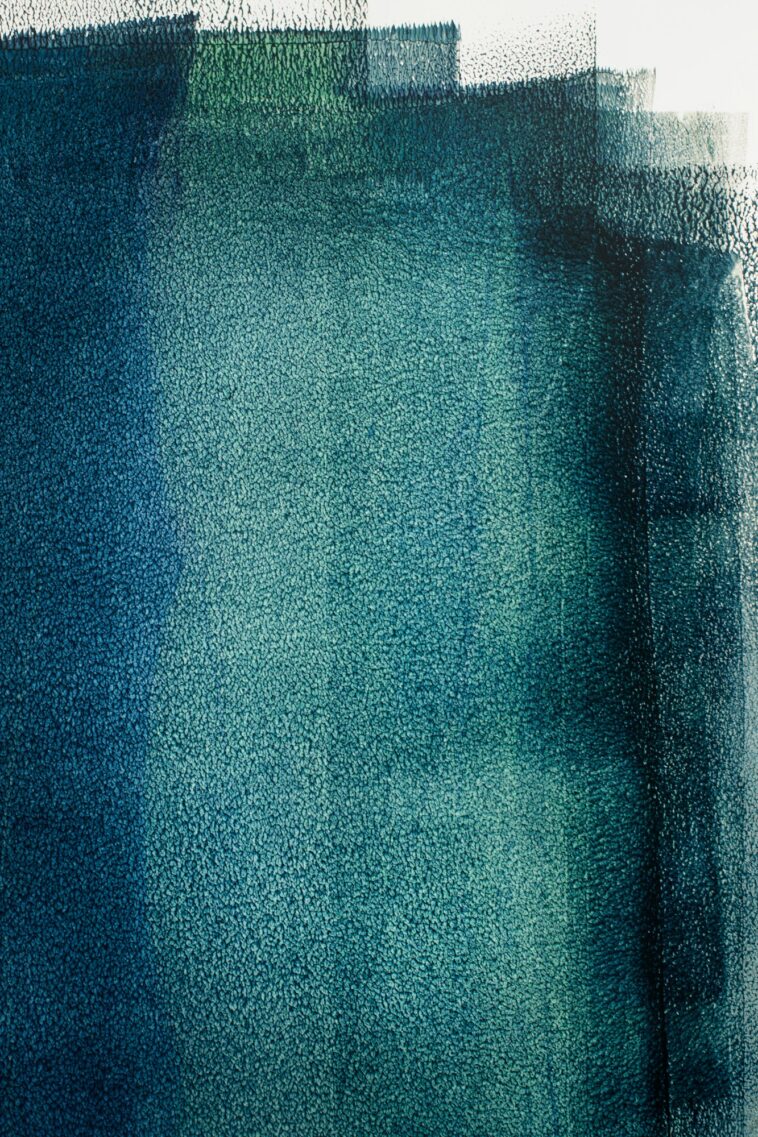Key Takeaways
- Negative space is the empty area around and between subjects in an image, crucial in art and design for balance and emphasis.
- It can form shapes or subjects itself, often creating a figure-ground reversal, adding depth and meaning to the artwork.
- In graphic design, negative space enhances readability and overall visual appeal.
- Negative space drawing focuses on the areas between objects, promoting a different observational perspective.
- The concept is akin to silence in music, where its strategic use can significantly impact the composition’s effectiveness.
Exploring the Void: The Art of Negative Space
Ever found yourself staring at a simple logo, only to discover a hidden shape or message nestled within? That’s the magic of negative space, my friends! It’s like an optical illusion where the background isn’t just a backdrop but part of the main event. Take the FedEx logo, for example. Did you notice the arrow between the ‘E’ and ‘x’? Pure genius!
My journey into understanding negative space began in a crowded café, sketching on a napkin. I was trying to capture the bustling atmosphere but ended up with a cluttered mess. Then, an art student sitting nearby shared a nugget of wisdom: “Focus on the spaces between people, not just the people themselves.” That advice transformed my approach to art and design.
Negative space, or as the Japanese call it, “ma,” plays a pivotal role in the balance and aesthetics of a composition. It’s the area that surrounds the main elements in a piece, but it’s far from empty or insignificant. In fact, it’s a silent yet powerful force that gives the artwork its structure and harmony.
Let’s dive into the world of photography to see negative space in action. Imagine a lone tree against a vast sky. The tree is the positive space, the main subject, while the sky around it is the negative space. This expansive emptiness accentuates the tree’s form and the mood of the scene, making the composition strikingly poignant.
In graphic design, negative space is not just a passive background; it’s a strategic element that enhances readability and visual impact. Consider how lowercase typography, with its varied shapes and spaces, is more legible than block capitals. The varying spaces around lower case letters help our brains to quickly recognize and process the words.
Negative space is not just about what is absent but also about the balance it creates with the positive space. This dance between the two can turn a simple image into a captivating narrative without a single word. It’s like the pauses in a speech that give weight to the words spoken.
Drawing with negative space is an exercise in seeing the world differently. Instead of sketching the tree, you draw the shapes of the sky peeking through its branches. This method requires you to detach from preconceived notions of objects and perceive them as mere shapes and forms. It’s a challenging yet rewarding way to hone observational skills and artistic perception.
In the realm of ambigrams and tessellations, negative space plays a clever trick, revealing different images or words depending on how you view them. It’s a playful yet profound use of space that challenges our perception and interpretation.
Reflecting on my café sketching experience, I realize that negative space is much more than just a background. It’s an active and essential component of artistic expression, providing balance, meaning, and intrigue. It teaches us that sometimes, what’s not there is just as important as what is.
Frequently Asked Questions
- What is negative space in art?
Negative space refers to the empty areas around and between the subjects in a composition. It can highlight or contrast the main subject, adding depth and interest to the artwork. - Why is negative space important in design?
Negative space is crucial for creating balance, enhancing readability, and ensuring visual appeal in design. It helps to define the boundaries of positive space and brings clarity and focus to the main subject. - How does negative space enhance readability in typography?
In typography, negative space creates clear separations between letters and words, improving legibility. For example, lowercase letters with varying shapes and spaces allow for quicker recognition and reading than all caps, which present a uniform block of text. - Can negative space be the main subject in artwork?
Yes, negative space can form the main subject in an artwork, especially in cases of figure-ground reversal, where the background space forms a recognizable shape or image. - How can one practice drawing with negative space?
To practice drawing with negative space, focus on the empty spaces around objects rather than the objects themselves. This approach can help artists perceive shapes and forms differently, enhancing their observational and drawing skills.





